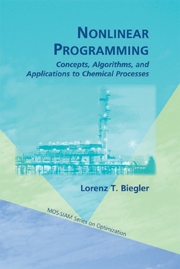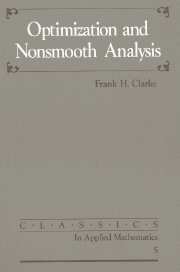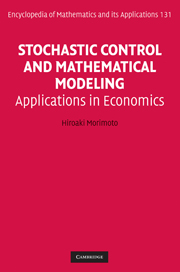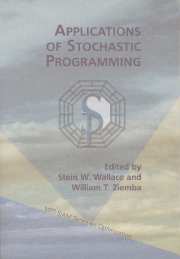Nonlinear Programming
This book addresses modern nonlinear programming concepts and algorithms, especially as they apply to challenging applications in chemical process engineering. It relates the material to real-world problem classes in process optimisation, thus bridging the gap between the mathematical material and the practical uses. Nonlinear Programming: Concepts, Algorithms, and Applications to Chemical Processes shows readers which methods are best suited for specific applications, how large-scale problems should be formulated and what features of these problems should be emphasised, and how existing NLP methods can be extended to exploit specific structures of large-scale optimisation models. The book serves a dual function: it will be useful to chemical engineers who wish to understand and use nonlinear programming; it will also be of interest to experts in mathematical optimisation who want to understand process engineering problems and develop better approaches to solving them.
- Detailed treatment of state-of-art NLP algorithms
- Comprehensive development and presentation of dynamic optimization algorithms
- Suitable as a supplementary text for courses on nonlinear programming
Product details
October 2010Hardback
9780898717020
416 pages
260 × 840 × 26 mm
0.89kg
This item is not supplied by Cambridge University Press in your region. Please contact Soc for Industrial & Applied Mathematics for availability.
Table of Contents
- Preface
- 1. Introduction to process optimization
- 2. Concepts of unconstrained optimization
- 3. Newton-type methods for unconstrained optimization
- 4. Concepts of constrained optimization
- 5. Newton methods for equality constrained optimization
- 6. Numerical algorithms for constrained optimization
- 7. Steady state process optimization
- 8. Introduction to dynamic process optimization
- 9. Dynamic optimization methods with embedded DAE solvers
- 10. Simultaneous methods for dynamic optimization
- 11. Process optimization with complementarity constraints
- Bibliography
- Index.






